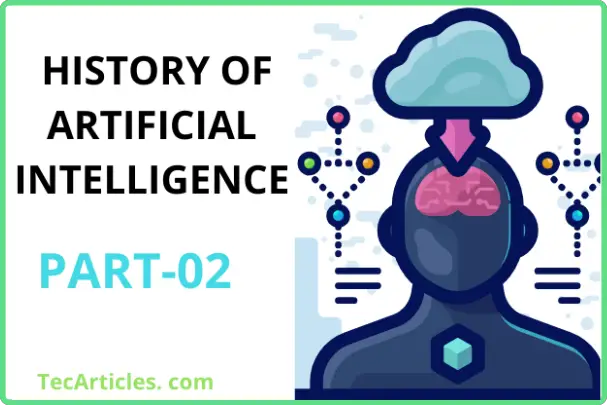If you did not read The history of artificial intelligence part-01 click here to read.
It is only a matter of generation, the problem associated with creating artificial intelligence will be solved – Marvin Minsky (MIT)
There was a conference between researchers from Carnegie Mellon University (CMU) and Massachusetts Institute of Technology (MIT) and IBM. This 1956 meeting led to the inauguration of Artificial Intelligence research. The institution of the AI research, was promising.
Although the AI research was on a good start, it didn’t go well after a couple of years.
The loss of funding
Due to the disappointment encountered by artificial intelligence research, the United States and United Kingdom governments cut down finances on artificial intelligence. Publicity and research on artificial intelligence reduced drastically. Interest and hope was gone. This was period known as the AI Winter years.
New advancements came through in years after. Artificial intelligence returned in the forms of what was referred to as “expert systems”. Clearly, these expert systems were programs designed such that they could answer questions and solve specific questions in certain domains. The way the expert systems work is by mimicking expert designs to solve problems. Also, the expert systems could function only by following rules from the knowledge and inference engine.
Later in 1981, Synthesis Integral Design (SID) – an expert system, designed about 93% vax 9000CPU logic gates. This time, the SID was designed using human expert 1000 rules written by hand.
Second loss of funding
 This is referred to as the Winter 2 in the history of artificial intelligence. Several companies suffered from desktops computers coupled by IBM and Apple. During the years after the financial setback, people, and investors became frustrated.
This is referred to as the Winter 2 in the history of artificial intelligence. Several companies suffered from desktops computers coupled by IBM and Apple. During the years after the financial setback, people, and investors became frustrated.
After several downfalls, artificial intelligence was revived when program Deep Blue was created. Although it was a sort of game program, but it was significant and drew much attention of the public to artificial intelligence again. Garry Kasparov, a one-time champion in chess was beaten by Deep Blue – making it a first chess computer to win a human player.
How did the Deep Blue win Garry Kasparov?
The Deep Blue could calculate possible moves of a player – up to a maximum of 20 likely moves. This it did by using an in-built tree search in calculation of those moves. The tree search was coded mainly by hand making Deep blue to evaluate positions but this was a great limit to this anyways. As a result of Garry’s lost to the computer, Deep blue was optimized for analyzing several other games.
Around 1998 and early 21st century, scientists and researchers began to explore artificial intelligence in areas of data mining, medical diagnostics, and logistic analysis. This experience was because of the computational capacity, emphasis on directional problem solving ability and deployment of artificial intelligence to function in other disciplines.
In testing intelligence of computer/machines, several testing have been conducted using expert humans to compete. For example, in 2011, Watson, an IBM’s question answering machine, won Brad Rutter and Ken Jennings (Jeopardy champions) in a Jeopardy quiz show. Also, in March 2016, AlphaGo won Lee Sedol in a competitive Go game. The same as 2017, Alpha go won Ke Jie.
Furthermore, Jack Clark noted that 2015 was a year for artificial intelligence. With a rise in cloud computing infrastructure, increase in dataset and research tools, there are increase in development of neural networks for functioning of artificial intelligence and to keep transforming the industry.
We see that the historical background of artificial intelligence is rich to launch everything about us to another level. We cannot underestimate the phases artificial intelligence has gone through before we can lay hold of all the advantages we are enjoying today and the ones we’re set to benefit from in the future to come.
Click here to read the history of artificial intelligence part-01

